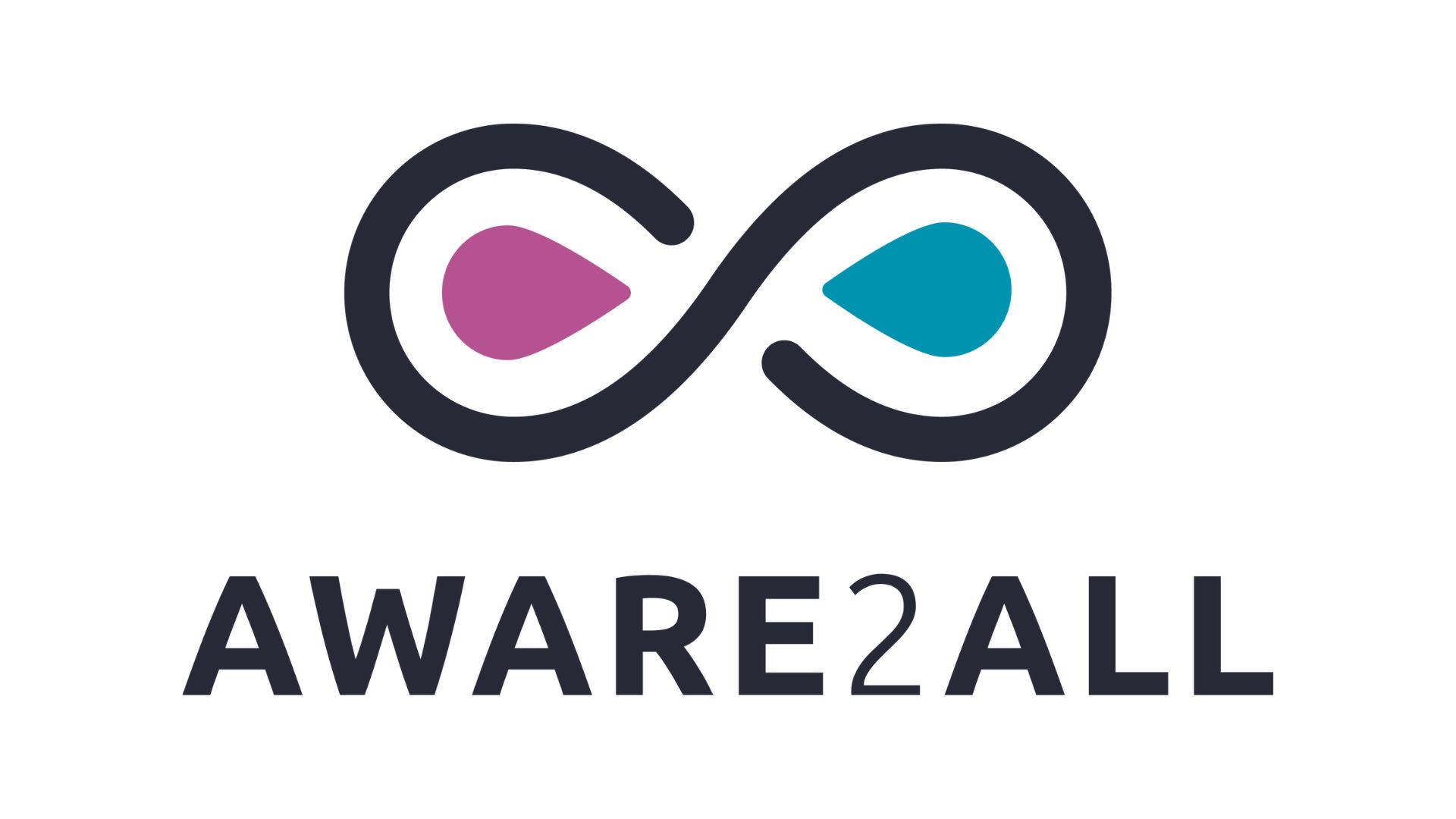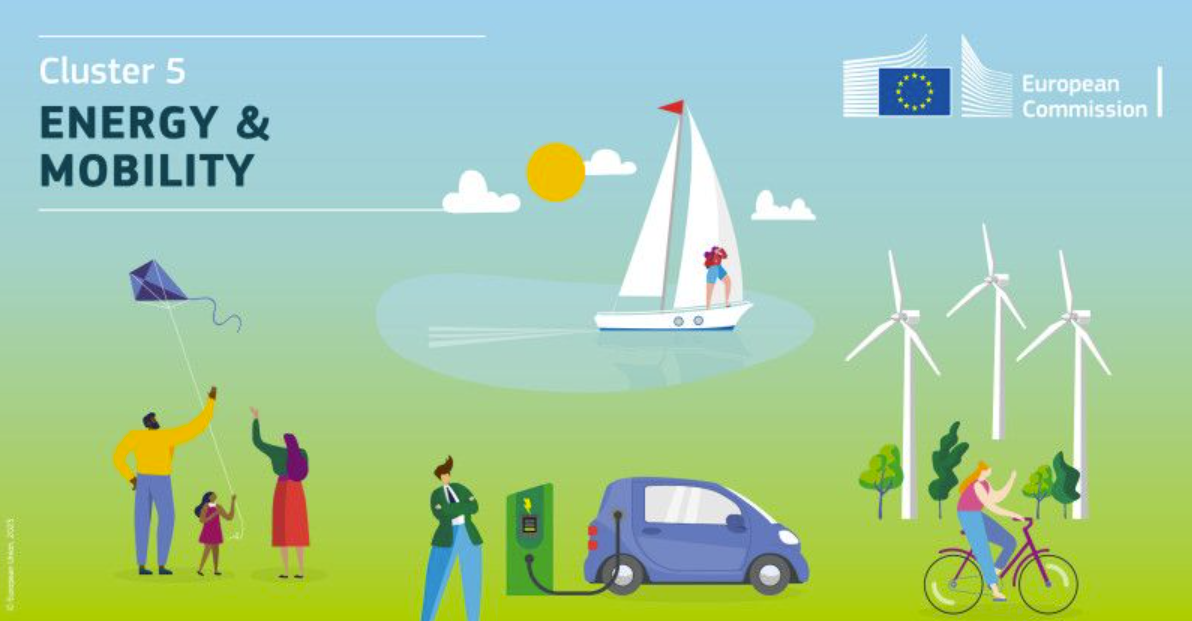AWARE2ALL: Pioneering Inclusive and Human-Centric Safety for Automated Mobility

In the coming years, connected and automated mobility (CCAM) will become a fundamental part of our lives, transforming everything from urban transport to long-distance travel. As this transition accelerates, a critical question emerges: how do we ensure these advanced technologies are safe and accessible for everyone? This is the central mission of AWARE2ALL, a pioneering European research and innovation project that is currently active and nearing its conclusion. Coordinated by Vicomtech, the project unites a consortium of 15 beneficiaries from across Europe to address new safety challenges in a heterogeneous traffic environment.
The project’s key achievement is its human-centric approach, which focuses on ensuring the safety of not only vehicle occupants but also all other road users, particularly underrepresented and vulnerable groups. AWARE2ALL’s work stands apart by proactively designing solutions for a diverse population, including women, the elderly, people with sensory or physical impairments, and those with limited digital literacy. This inclusive philosophy is at the core of its “Integral Safety” system, a holistic framework that connects safety measures both inside and outside the vehicle.
AWARE2ALL’s innovations are a direct response to the new realities of automated driving. The consortium is developing next-generation passive and active safety systems to address the fact that occupants in Highly Automated Vehicles (HAVs) may adopt unconventional seating positions, such as facing backward or sideways. A team within the consortium, led by the German Aerospace Center (DLR), is designing adaptive safety features—including novel smart airbag and restraint systems for complex seating configurations—that can protect a wider variety of adult occupants regardless of their size, age, or posture. The project is also advancing in-cabin monitoring and Human-Machine Interfaces (iHMI) to keep occupants informed about the vehicle’s status and the surrounding traffic situation, ensuring they are aware and ready to take over control if needed.
The project’s work on the eHMI is particularly noteworthy for its collaborative approach, involving partners such as Capgemini Engineering, CERTH, and CEA, among others. Together, they are bridging a critical communication gap with human road users (HRUs). They have developed a functional demonstrator for an External Human-Machine Interface (eHMI) that uses innovative visual and acoustic systems to interact with pedestrians and cyclists. The acoustic system, for example, generates context-aware warnings, adjusting sound frequency and tone based on a pedestrian’s location and the environment. A visual external lighting system developed by FEKA Automotive uses high-density MiniLED arrays to provide dynamic visual feedback to vulnerable road users (VRUs). These solutions are being designed to reduce reaction time, improve understanding of the vehicle’s intentions, and build trust in automated systems. Usability tests with various disabled pedestrians have already validated the system’s effectiveness for a wide range of users.
The project’s ground-breaking work is being validated through four distinct demonstrators, which are showcasing its progress from virtual models to physical prototypes.
- DEMO 1: Passive Safety Virtual Prototype
This virtual demonstrator is a 3D simulation digital twin of DLR’s Urban Modular Vehicle PeopleMover (UMV PM) used for crash simulations with software like LS-Dyna. The work, led by DLR, focuses on new vehicle interior configurations and seat-integrated restraint systems with structural adaptations. Humanetics and Technische Hochschule Ingolstadt are contributing to the development of adaptive airbag systems to handle occupant diversity through closed-loop control functions and diverse occupant metric characteristics for configurations within HAVs.
- DEMO 2: Active Safety Physical Prototype
This demonstrator highlights an automated Level 4 shuttle based on the PIX-Robobus platform, provided and further developed by TECNALIA, which also designed the fault-tolerant localization strategies. These strategies combine on-board sensors with V2X infrastructure to ensure continuous operation even in the event of sensor degradation or failure. Safety-critical maneuvers are designed by THI, based on passenger safety thresholds estimated by CERTH, while an in-cabin HMI developed by CEA communicates safety information directly to passengers. Together, these technologies strengthen safety, efficiency, and inclusivity in autonomous shuttle operation, with a strong focus on passenger trust and the protection of all road users.
- DEMO 3: Hybrid Prototype for iHMI, OMS, and Active Safety
This hybrid demonstrator combines a real vehicle positioned in front of a 180° hemispheric screen displaying a realistic driving simulation. The car is equipped with actuators in the steering wheel and pedals to provide realistic and immersive driving experience in the simulation. In addition, screens (dashboard, center screen, and rearview mirrors), speakers (cockpit and headrests), and LEDs (side windows and windshield), combined with haptic feedback in the driver’s seat (from CEA) and steering wheel (from TECNALIA), enable seamless communication with the driver. This multisensory feedback enhances the user experience by providing clear and intuitive guidance, allowing the driver to anticipate events and react effectively.
The car in the simulation is equipped with L0 and L3 driving levels using an autopilot developed by IRT SystemX and TECNALIA. In order to monitor the driver, VICOMTECH, GESTIGON, TNO and HTECH are providing technologies to implement a specific Occupant Monitoring Systems (OMS) with decision capabilities. iHMI solutions are implemented by IRT SystemX to automatically adapt the level and modality of communication based on the driver’s state… The active safety features, which are based on a new trajectory optimization architecture, were developed with contributions from THI. The in-cabin integration of technologies was also a key part of the work, led by HTECH and prepared in collaboration with IRT SystemX.
- DEMO 4: External HMI Physical Prototype
This demonstrator is a physical prototype for the External HMI (eHMI) system, developed through the collaboration of multiple partners. FICOSA provides a Cupra platform for the demonstrator and, in collaboration with VICOMTECH, is responsible for implementing the perception system and supporting systems integration. Under the lead of CAPGEMINI, FEKA and CEA are implementing the multimodal communication system. A physical prototype of a visual external lighting system, developed by FEKA using high-density MiniLED arrays, has been presented as part of this demonstrator to provide dynamic feedback to road users.
The project is now preparing to present the culmination of its work. The AWARE2ALL Final Event is scheduled for the 16th of October 2025 at the IRT SystemX premises. This will be a unique opportunity to see the project’s achievements firsthand through an interactive mini-showroom and simulator demonstrations. It is an occasion to experience the future of safer, more intuitive, and universally accessible driving systems. The AWARE2ALL project represents a major step forward for connected and automated mobility. By proactively designing safety systems and communication tools for a diverse population, the project is helping to build a more equitable and resilient mobility ecosystem for everyone.

